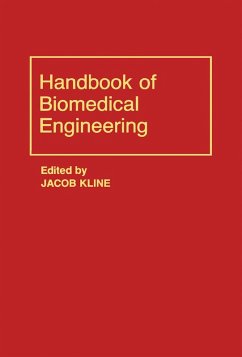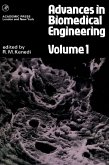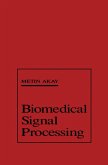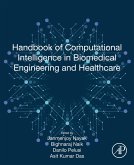Handbook of Biomedical Engineering covers the most important used systems and materials in biomedical engineering. This book is organized into six parts: Biomedical Instrumentation and Devices, Medical Imaging, Computers in Medicine, Biomaterials and Biomechanics, Clinical Engineering, and Engineering in Physiological Systems Analysis. These parts encompassing 27 chapters cover the basic principles, design data and criteria, and applications and their medical and/or biological relationships.
Part I deals with the principles, mode of operation, and uses of various biomedical instruments and devices, including transducers, electrocardiograph, implantable electrical devices, biotelemetry, patient monitoring systems, hearing aids, and implantable insulin delivery systems. Parts II and III describe the basic principle of medical imaging devices and the application of computers in medicine, particularly in the fields of data management, critical care, clinical laboratory, radiology, artificial intelligence, and research. Part IV focuses on the application of biomaterials and biomechanics in orthopedic and accident investigation, while Part V considers the major functions of clinical engineering. Part VI provides the principles and application of mathematical models in physiological systems analysis.
This book is valuable as a general reference for courses in a biomedical engineering curriculum.
Part I deals with the principles, mode of operation, and uses of various biomedical instruments and devices, including transducers, electrocardiograph, implantable electrical devices, biotelemetry, patient monitoring systems, hearing aids, and implantable insulin delivery systems. Parts II and III describe the basic principle of medical imaging devices and the application of computers in medicine, particularly in the fields of data management, critical care, clinical laboratory, radiology, artificial intelligence, and research. Part IV focuses on the application of biomaterials and biomechanics in orthopedic and accident investigation, while Part V considers the major functions of clinical engineering. Part VI provides the principles and application of mathematical models in physiological systems analysis.
This book is valuable as a general reference for courses in a biomedical engineering curriculum.
Dieser Download kann aus rechtlichen Gründen nur mit Rechnungsadresse in A, B, BG, CY, CZ, D, DK, EW, E, FIN, F, GR, HR, H, IRL, I, LT, L, LR, M, NL, PL, P, R, S, SLO, SK ausgeliefert werden.









